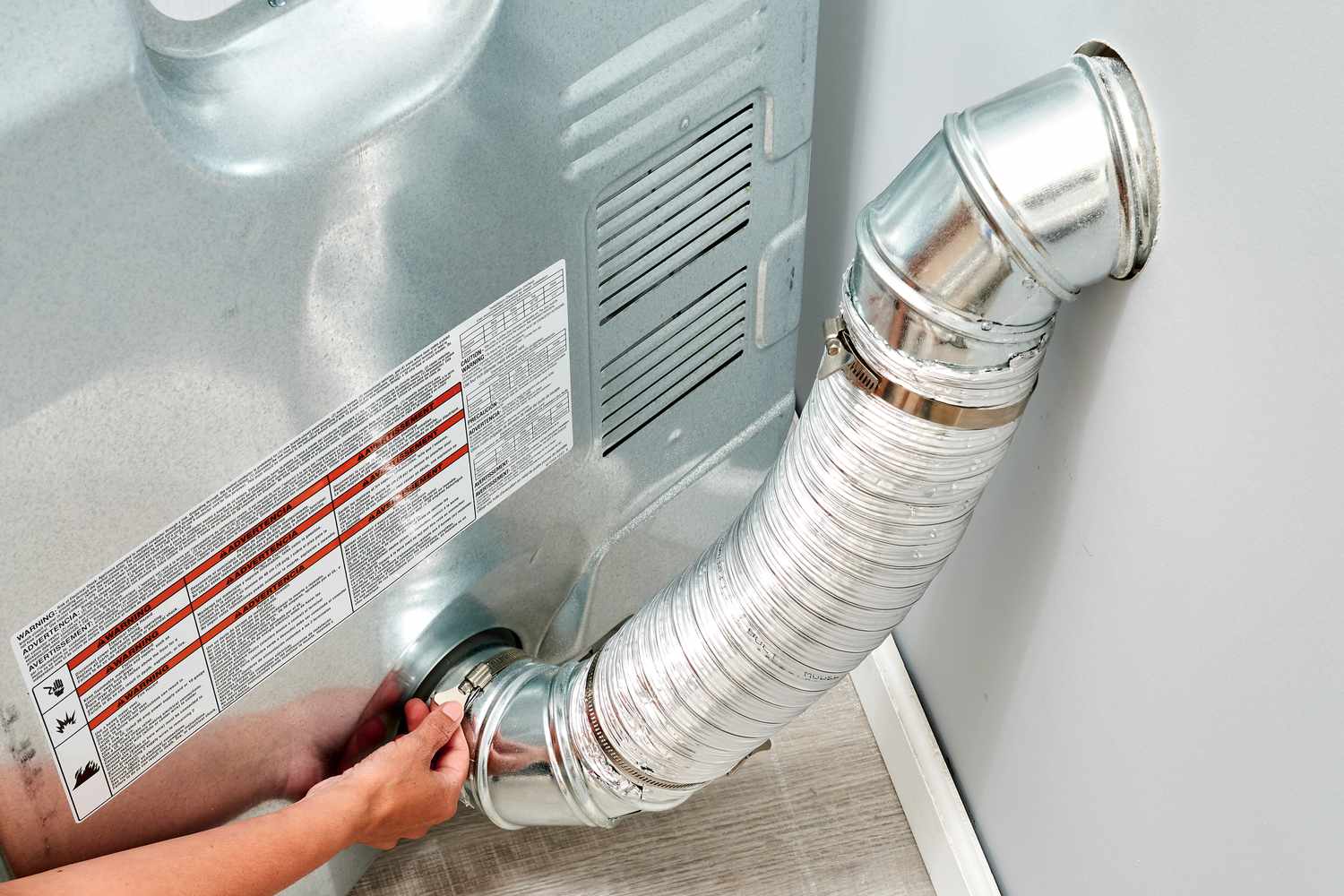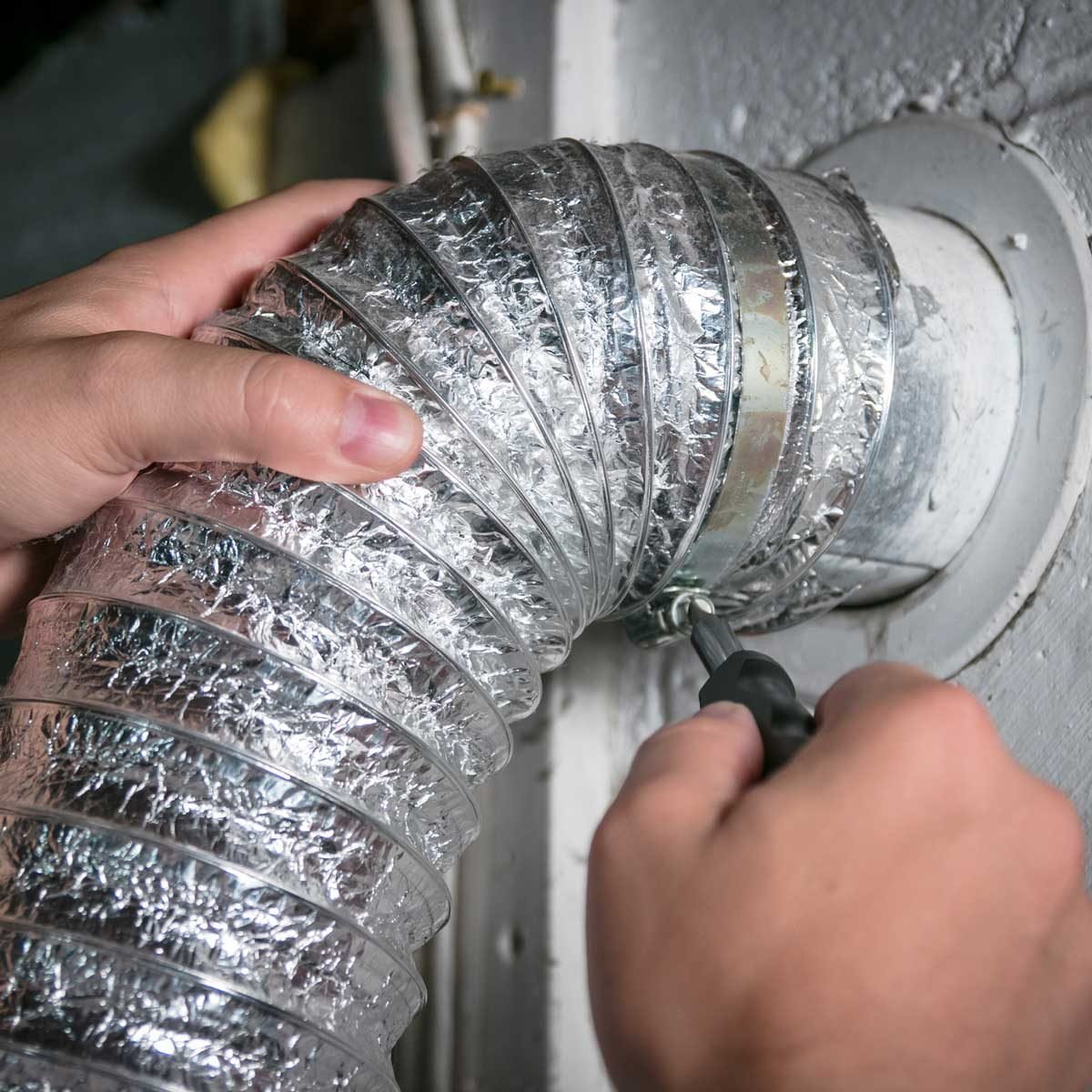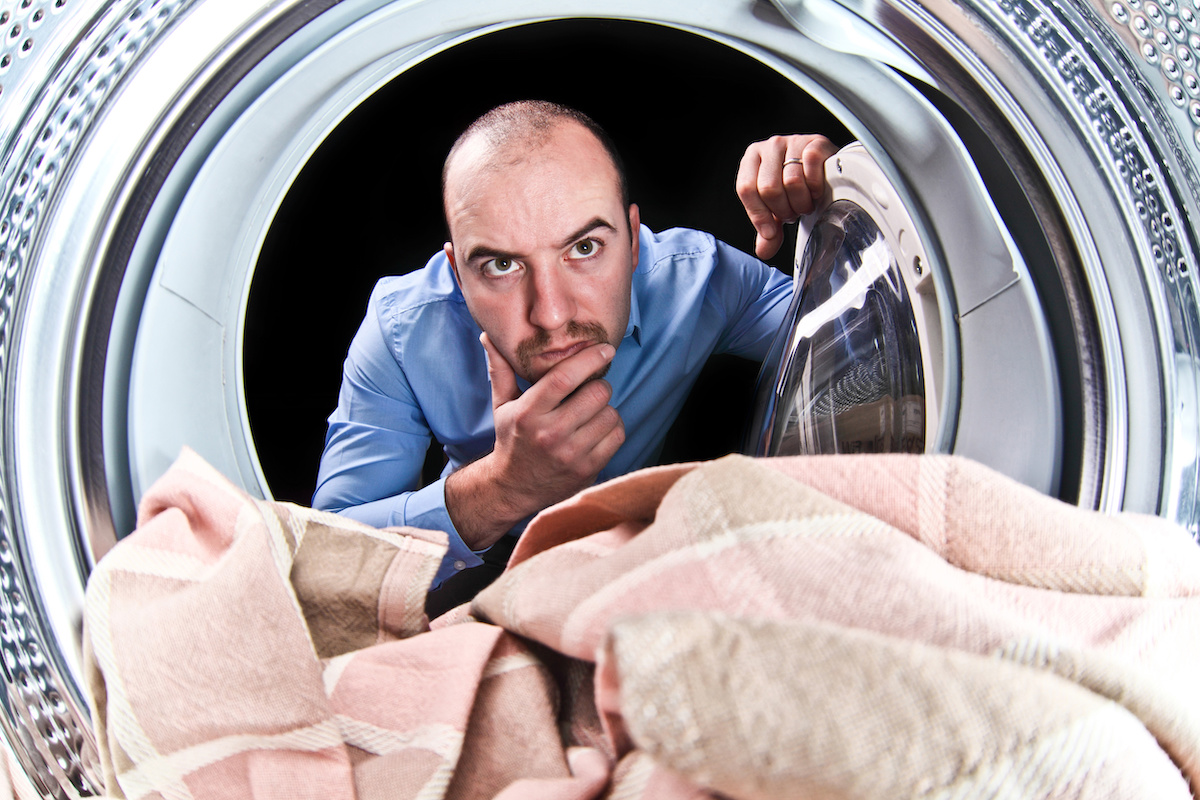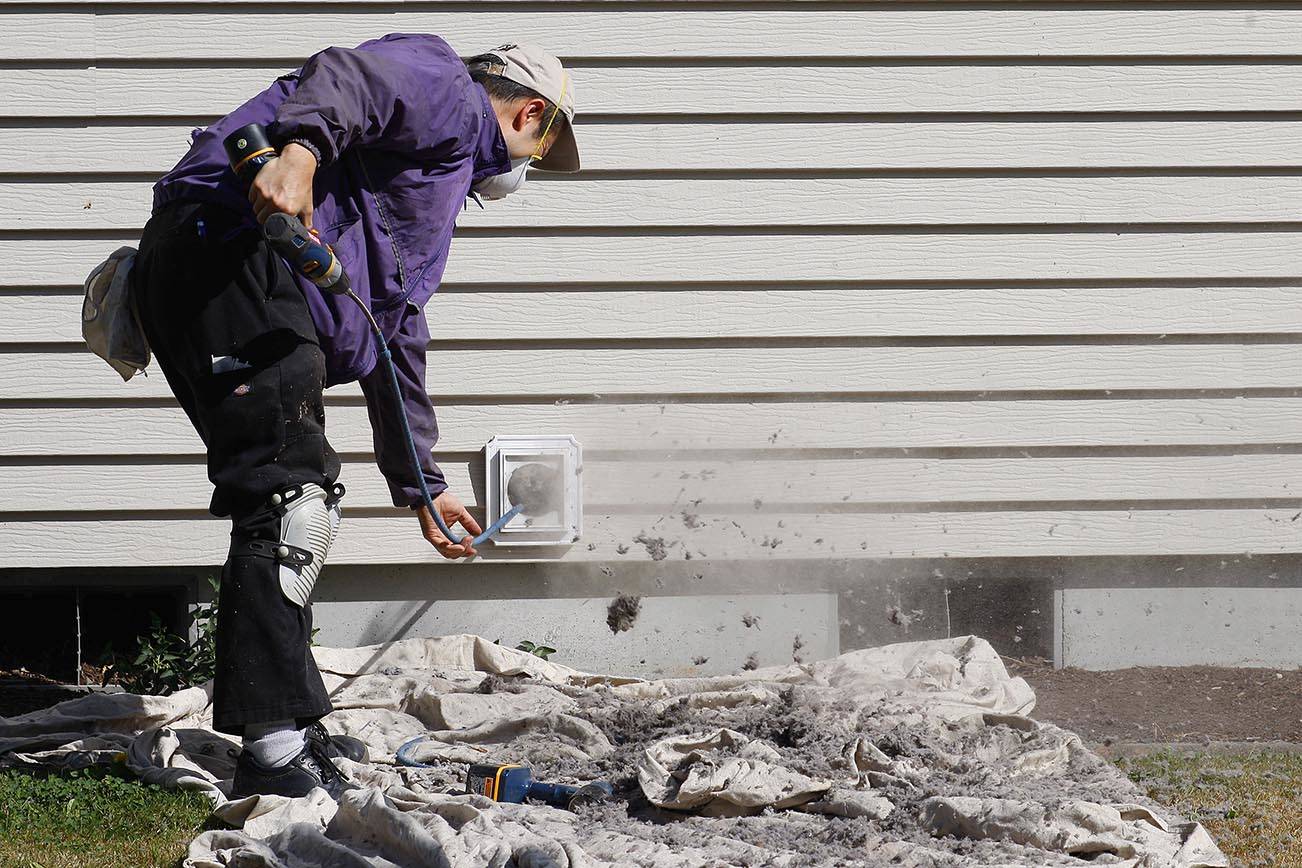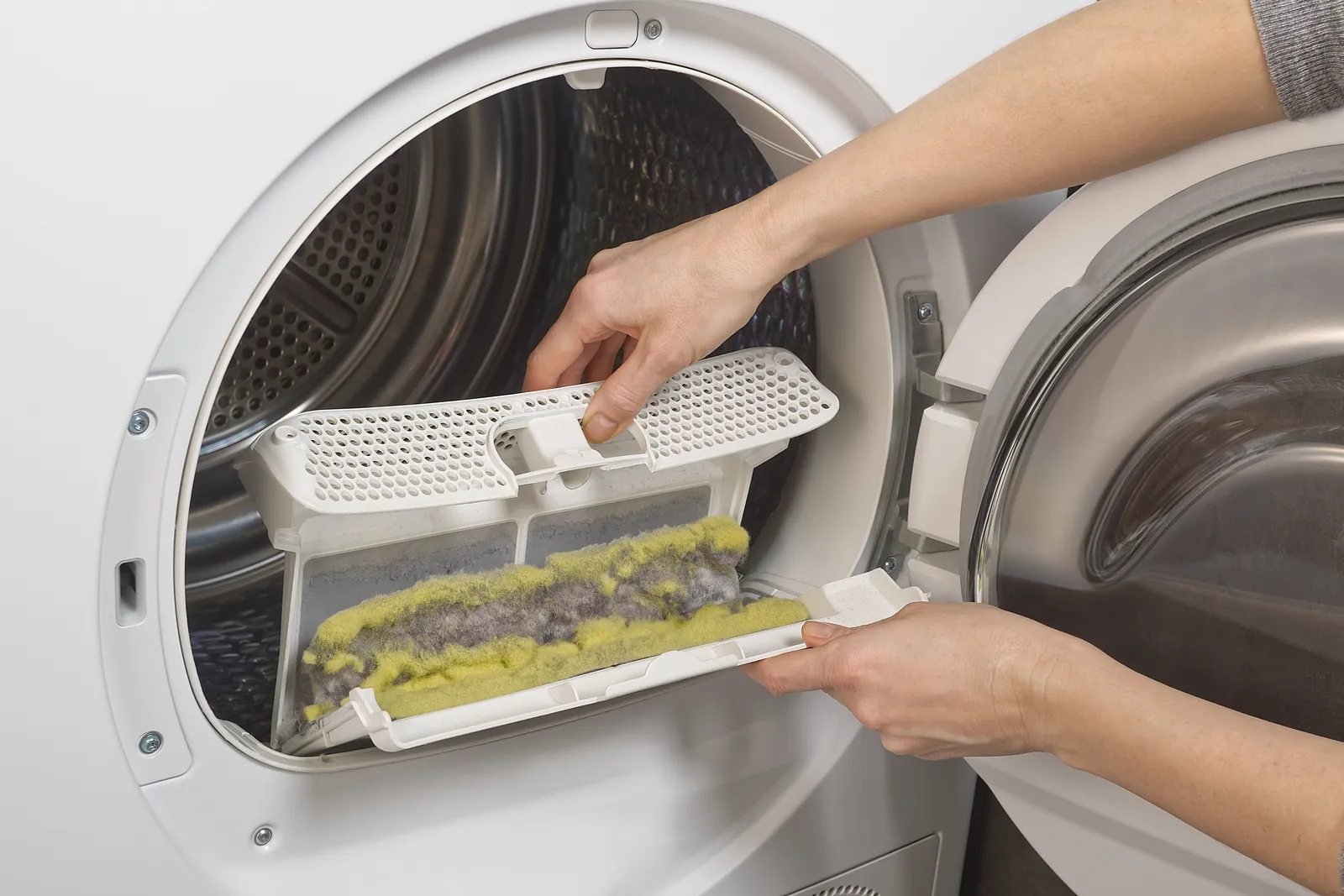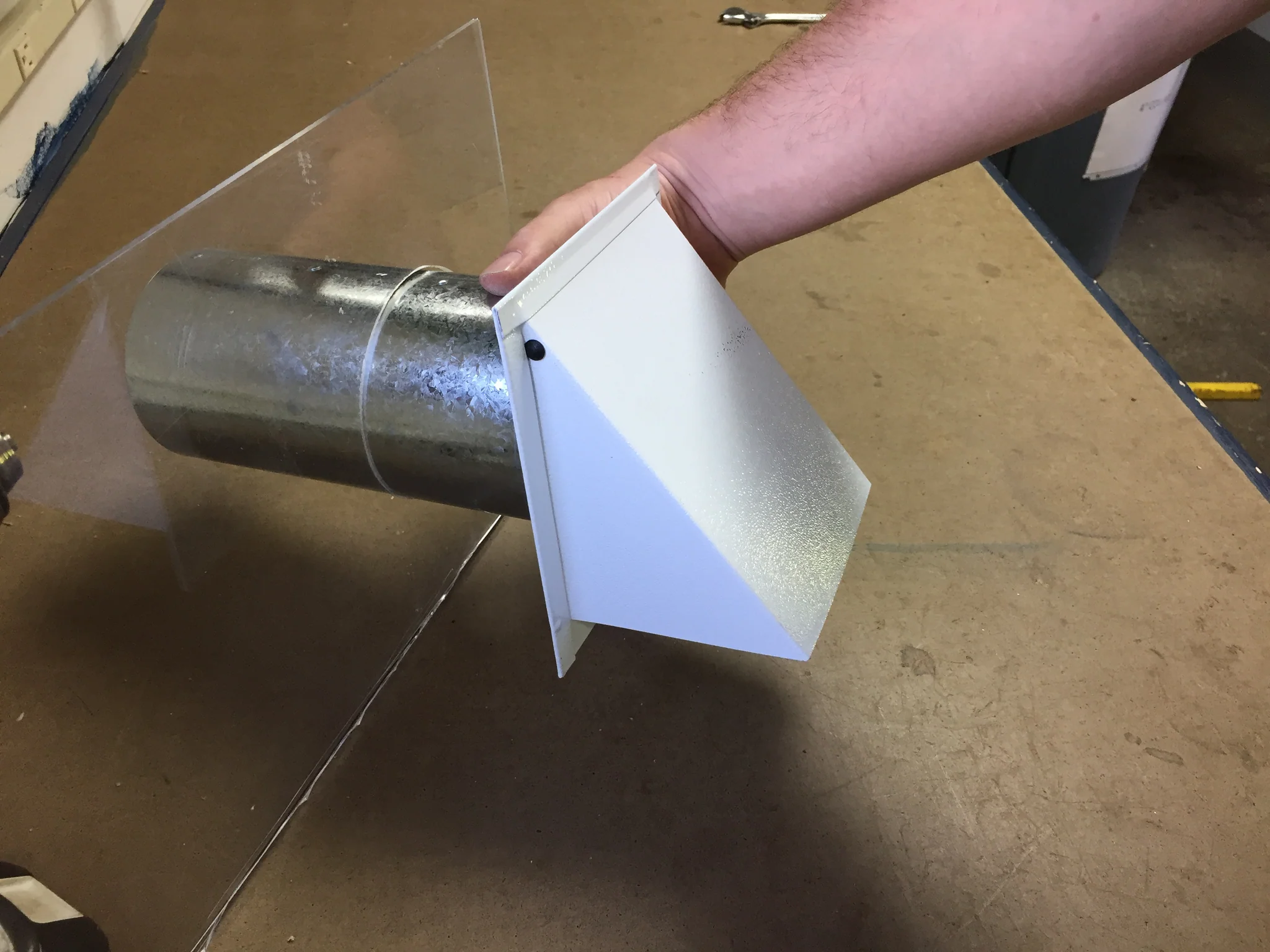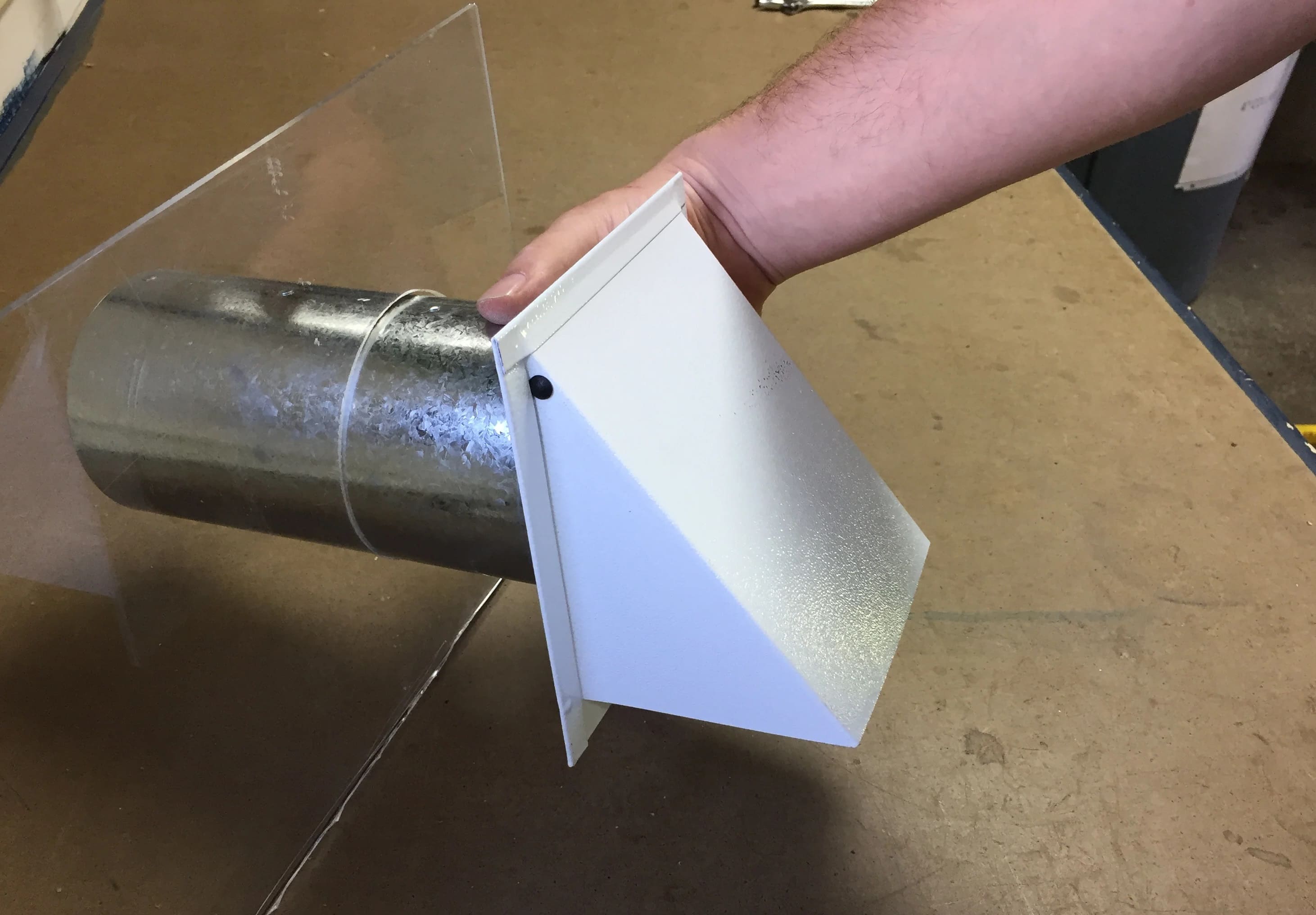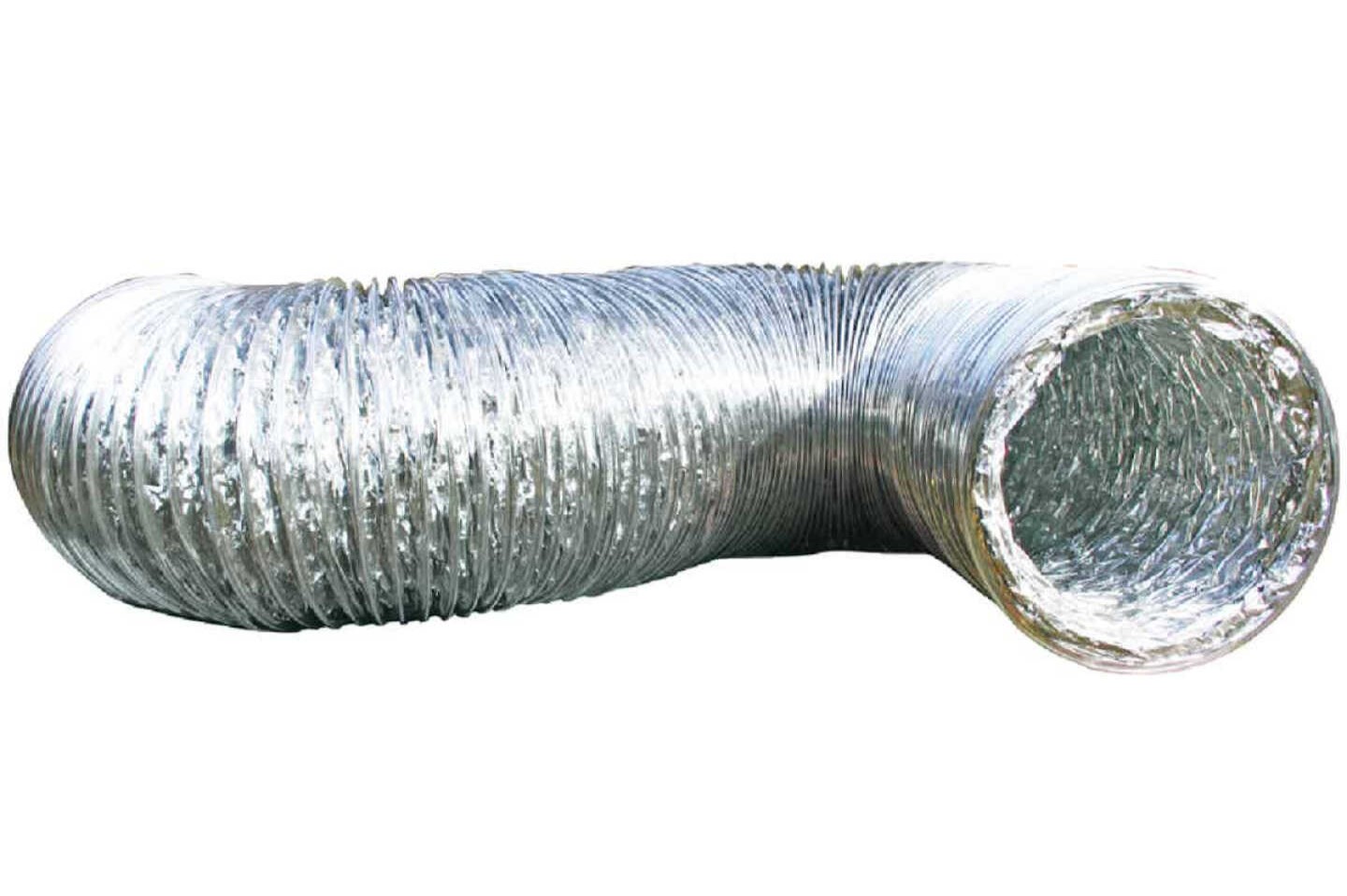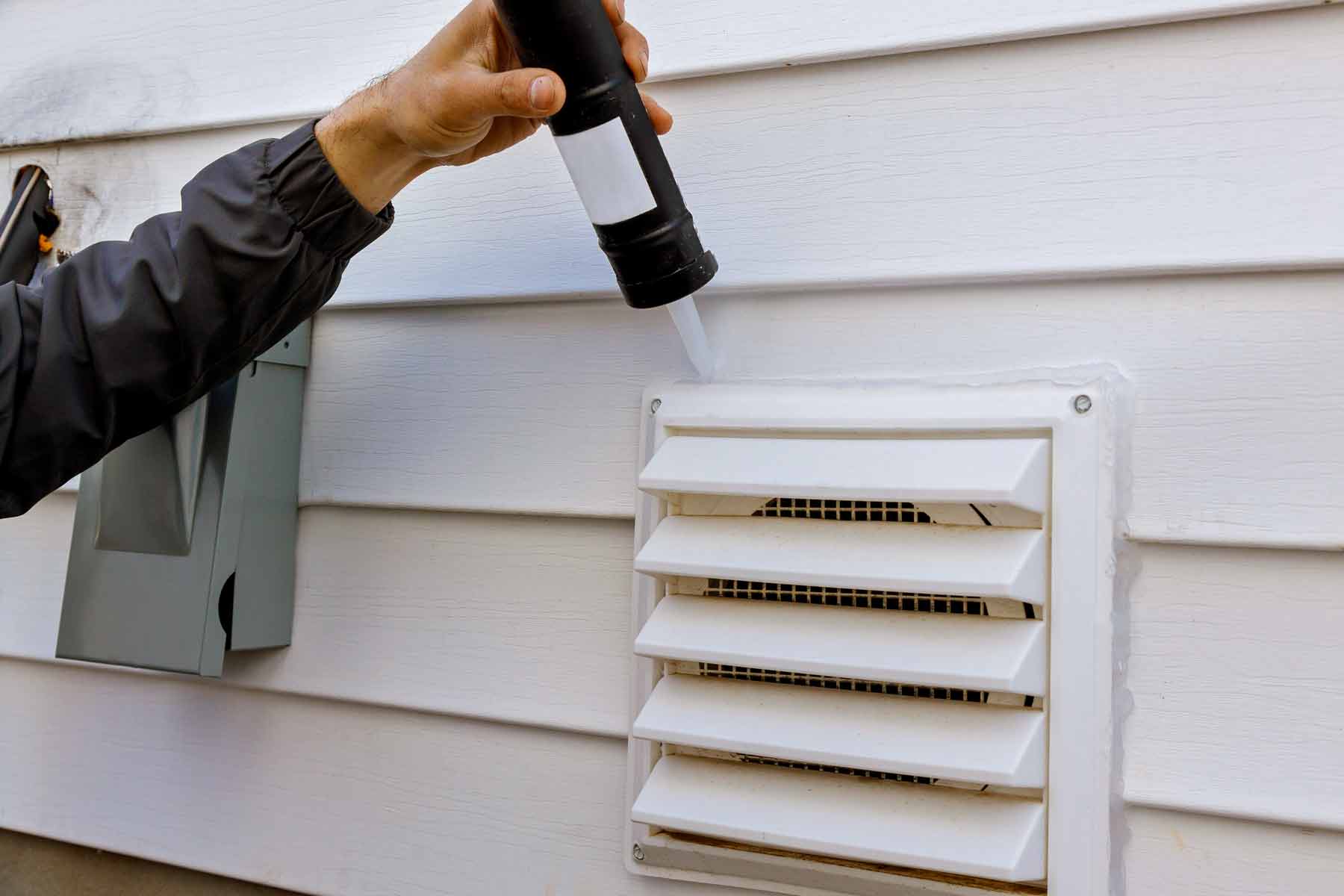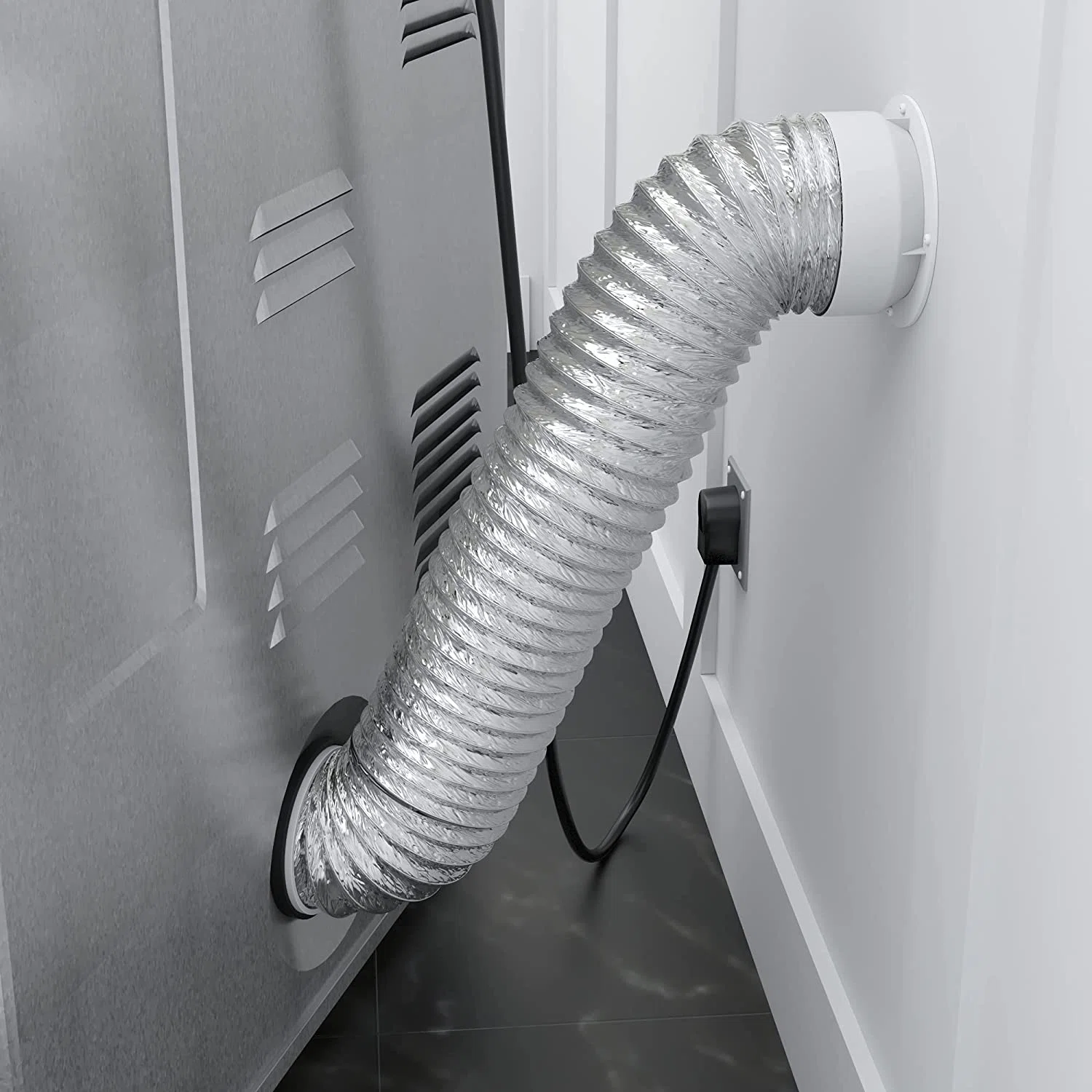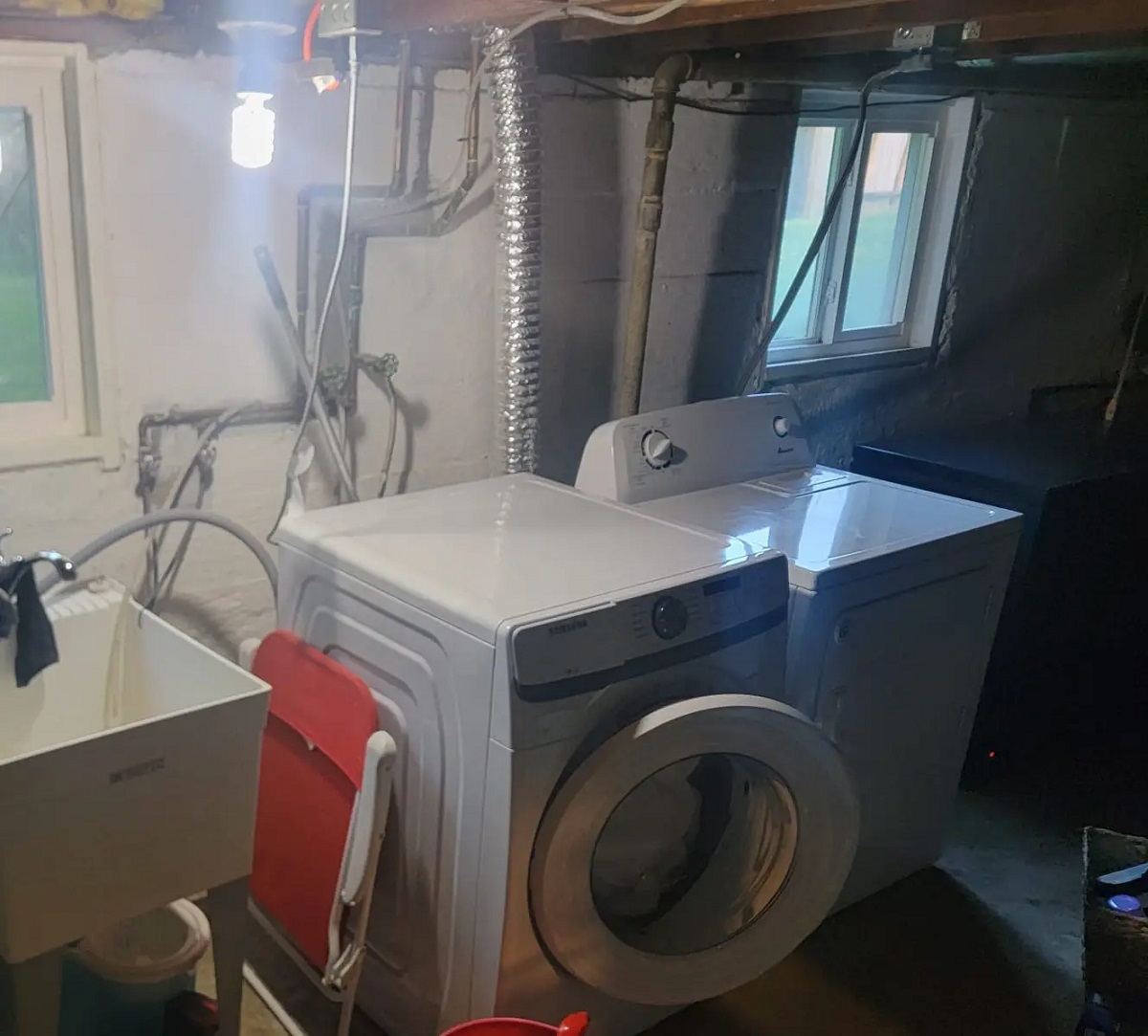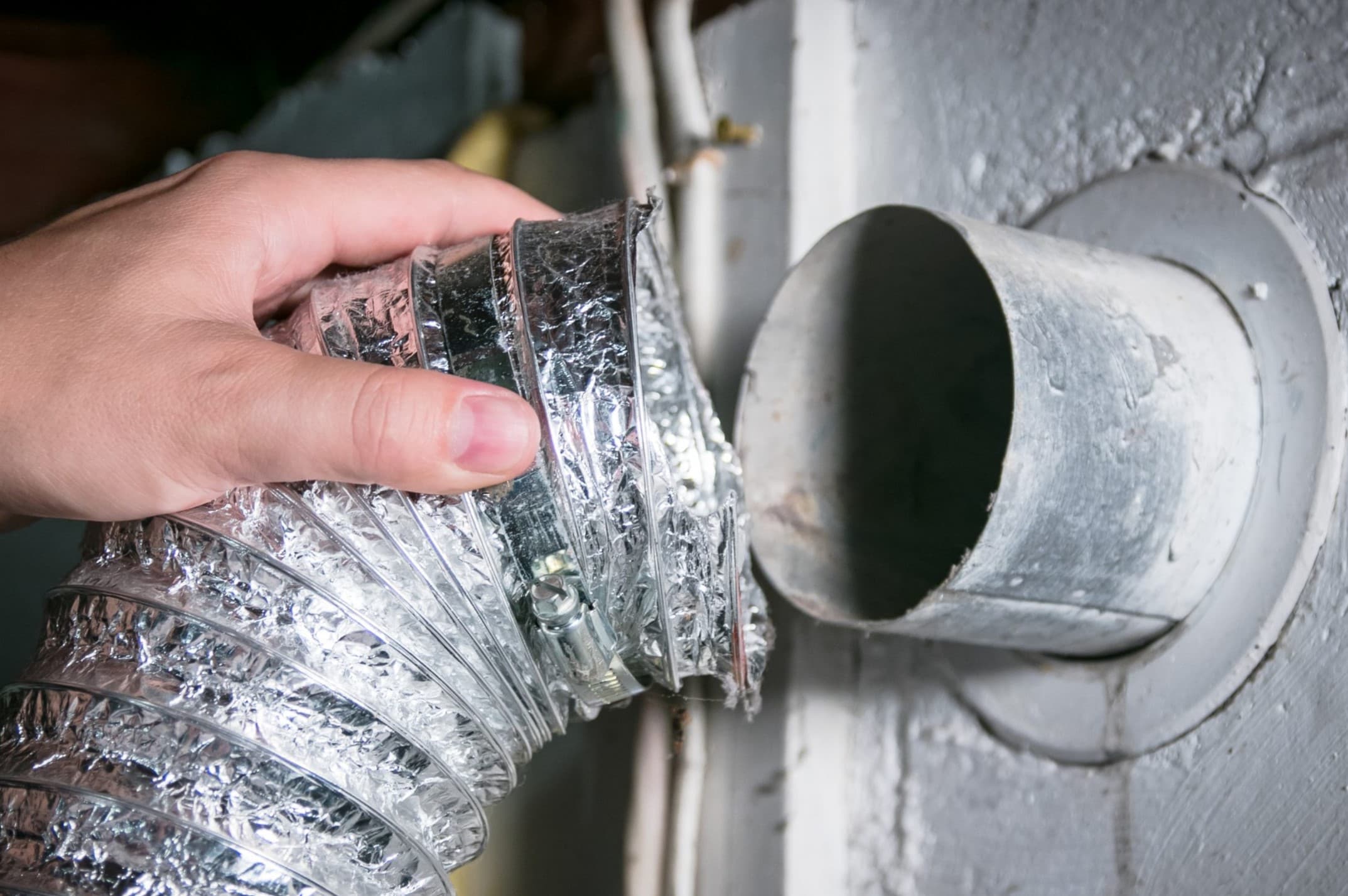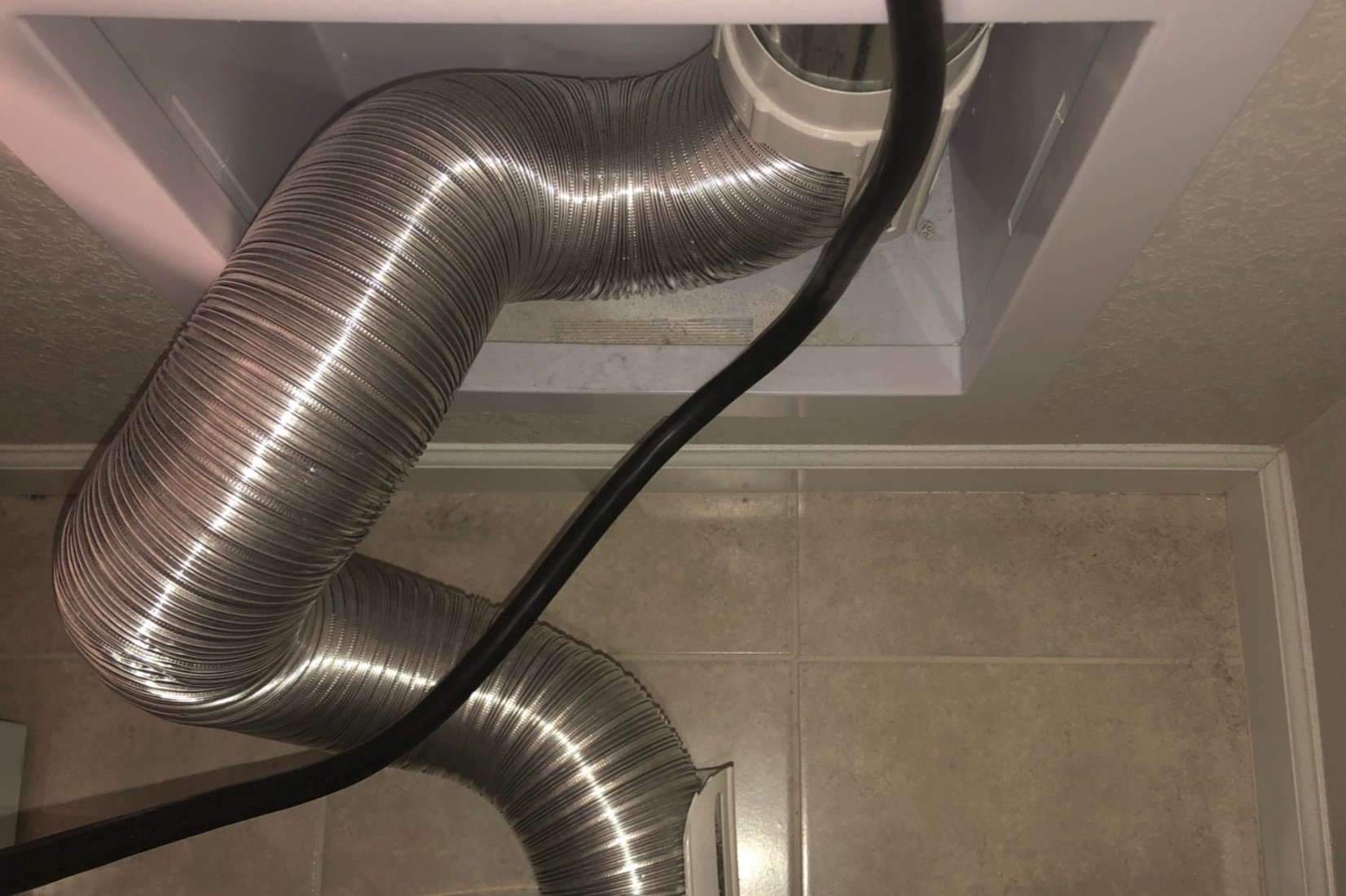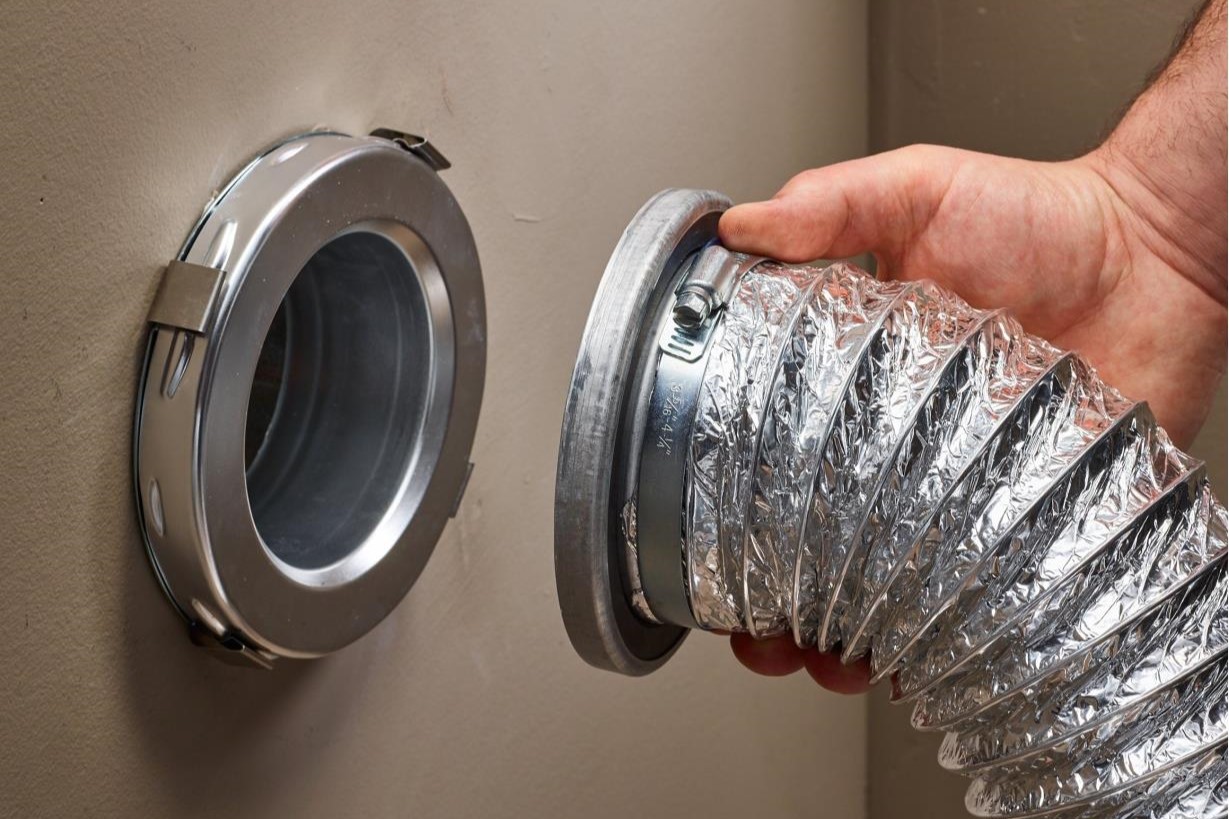Home>Home Maintenance>Why Is There Water In The Dryer Vent
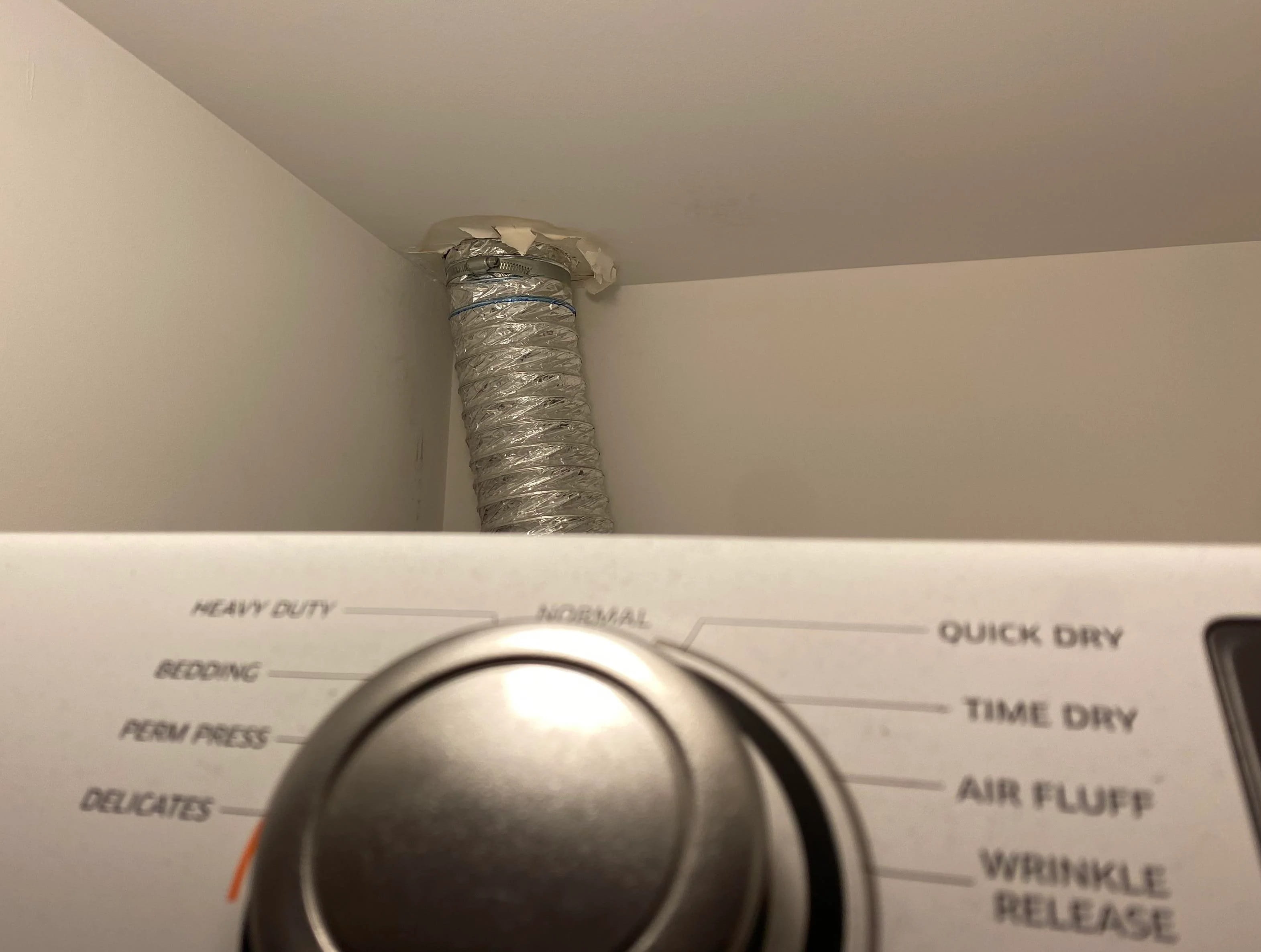

Home Maintenance
Why Is There Water In The Dryer Vent
Modified: March 6, 2024
Learn the importance of home maintenance and discover why there is water in your dryer vent. Get tips and solutions to prevent this issue and ensure efficient drying.
(Many of the links in this article redirect to a specific reviewed product. Your purchase of these products through affiliate links helps to generate commission for Storables.com, at no extra cost. Learn more)
Introduction
Welcome to our comprehensive guide on why there may be water in your dryer vent. If you’ve noticed water accumulating in your dryer vent, you’re not alone. This issue can be concerning for homeowners, leading to questions about its causes and potential solutions.
Understanding why there is moisture in your dryer vent requires a basic knowledge of how dryer vents work and the factors that can contribute to excess moisture in the system. In this article, we will explore the normal causes of moisture in dryer vents, such as condensation and leaks, as well as other potential issues with the dryer ventilation system.
By the end of this guide, you will have a better understanding of why your dryer vent may be collecting water and what steps you can take to address the problem.
Key Takeaways:
- Moisture in dryer vents is normal due to evaporation, humidity, and weather conditions. Regular cleaning and proper insulation can prevent issues like mold growth and decreased drying efficiency.
- Leaks, condensation, and clogged vents can cause water accumulation. Regular maintenance, professional inspections, and proper ventilation are crucial for a safe and efficient dryer vent system.
Read more: Why Is My AC Vent Leaking Water
Explanation of Dryer Vents
Dryer vents are an essential component of your home’s laundry system. They serve the important purpose of expelling hot air and moisture from your dryer to the outside of your home. The vent allows for proper airflow, preventing the accumulation of heat and moisture in the laundry area, which can lead to potential safety hazards and issues with drying efficiency.
A typical dryer vent is composed of a metal or plastic tube that connects the back of the dryer to a wall or roof vent on the exterior of the house. As the dryer operates, it releases hot, moist air through the vent, which is then expelled outside.
Dryer vents are designed to work under normal operating conditions, but various factors can cause moisture to accumulate in the vent system. When water is present in the vent, it can lead to a range of problems, including mold and mildew growth, damaged insulation, and decreased efficiency of drying cycles.
Now that we understand the purpose of dryer vents, let’s delve into some of the common causes of moisture in these systems, so you can identify and address the issue in your own home.
Normal Causes of Moisture in Dryer Vents
Moisture in dryer vents can result from several normal factors that are a natural byproduct of the drying process. Understanding these causes can help you determine whether the level of moisture in your dryer vent is within a normal range or if there may be an underlying issue.
1. Evaporation: When you dry your laundry, the water in the clothes evaporates and turns into steam. This moisture-laden air is then expelled through the dryer vent. Some amount of moisture in the vent is expected and is considered normal.
2. Humidity in the Home: The overall humidity levels in your home can impact the amount of moisture in your dryer vent. If your home has high humidity, the moisture content in the air will be higher, and this moisture can be carried through the dryer vent. Consider using dehumidifiers or improving ventilation to reduce humidity levels.
3. Weather Conditions: External weather conditions, such as rain, can also contribute to moisture in the dryer vent. If the vent cap or exhaust opening is not properly sealed or protected, rainwater can enter the vent system, leading to excess moisture buildup.
4. Length and Layout of Vent System: The length and configuration of your dryer vent system can influence the amount of moisture present. Long, convoluted vent pipes can impede the proper flow of air and create areas where moisture can collect. It is recommended to have a short and straight vent setup to minimize this issue.
5. Ventilation Obstructions: Blockages or obstructions in the dryer vent, such as lint buildup or bird nests, can restrict the airflow, leading to an increase in moisture buildup. Regular cleaning and maintenance of the vent system can help prevent these obstructions.
Remember that a certain level of moisture in your dryer vent is normal. However, if you notice an excessive amount of water or if the moisture is causing issues such as mold growth or damage to the dryer, it may be necessary to investigate further for any underlying issues like leaks or ventilation problems, which we will explore in the following sections.
Condensation in Dryer Vents
Condensation is one of the common causes of water accumulation in dryer vents. It occurs when hot, moist air from the dryer comes into contact with cooler surfaces within the vent system, causing the moisture to condense into water droplets.
This phenomenon is more likely to happen in colder climates or during colder seasons when there is a significant temperature difference between the hot air from the dryer and the ambient air inside the vent system. When the hot air cools down rapidly, it releases moisture, which can then collect in the vent.
There are several factors that can contribute to condensation in dryer vents:
Vent Length: Longer vent systems provide more surface area for the hot air to cool, increasing the chances of condensation. It is recommended to keep the vent pipe as short and direct as possible to minimize condensation.
Poor Insulation: Inadequately insulated dryer vents can cause the warm air to cool down more quickly within the system, resulting in condensation. Ensure that your dryer vent is properly insulated, particularly in areas that are exposed to colder temperatures.
Lack of Ventilation: Insufficient ventilation in the laundry area can also contribute to condensation. Proper air circulation helps to disperse the moisture and prevent it from condensing within the vent. Ensure that the laundry room has adequate ventilation with open windows or a ventilation fan.
To prevent condensation in your dryer vent, you can take several steps:
1. Insulate the Vent: Use insulation sleeves or wraps specifically designed for dryer vents to reduce the temperature difference between the hot air and the surrounding environment.
2. Clean the Vent Regularly: Regularly clean out any lint or debris from the vent to ensure proper airflow. Blocked vents can increase moisture buildup and the likelihood of condensation.
3. Check for Proper Ventilation: Ensure that the laundry area has proper ventilation, allowing for the moisture to disperse instead of accumulating in the vent system.
4. Consider a Vent Booster Fan: In cases where the vent is excessively long or has limited airflow, installing a vent booster fan can help improve airflow and reduce the chances of condensation.
By addressing condensation issues in your dryer vent, you can minimize the accumulation of water and prevent potential problems such as mold growth, unpleasant odors, and reduced drying efficiency.
Make sure the dryer vent is properly installed and free of blockages. Check for leaks in the vent and ensure the vent is not too long, as this can cause condensation to build up and create water in the vent.
Leaks in the Dryer Vent System
Another possible cause of water in the dryer vent is a leak in the vent system. Leaks can occur at various points along the vent, allowing water to enter and accumulate within the system. Identifying and addressing these leaks promptly is crucial to prevent further damage and ensure the proper functioning of your dryer.
Here are some common areas where leaks can occur:
Vent Connections: The connections between the dryer and the vent pipe, as well as the sections where multiple vent pipes are joined together, can be prone to leaks. Over time, these connections can become loose or develop gaps, allowing water to seep into the vent system.
Vent Caps or Hood: The vent cap or hood is the component on the exterior of your home that covers the vent opening and prevents rainwater from entering the vent system. If the cap is damaged, improperly installed, or missing altogether, it can allow water to enter the vent, resulting in moisture buildup.
Cracks or Holes in the Vent Pipe: The vent pipe itself can develop cracks or holes due to wear and tear, shifting of the building, or damage from pests or construction activities. These openings provide a pathway for water to enter the vent system and accumulate.
Identifying leaks in the dryer vent system can be challenging, as the water may not be visible. However, there are a few signs that may indicate a leak:
Water Stains: Look for water stains on the walls or ceiling near the dryer vent exit. These stains can indicate a leak, as the water may be seeping through the vent system and leaving marks on the surrounding surfaces.
Unpleasant Odors: If you notice musty or moldy smells in your laundry area, it could be a sign of moisture accumulation due to a leak in the vent system. The stagnant water can lead to the growth of mold or mildew, resulting in unpleasant odors.
Decreased Dryer Performance: If your dryer is taking longer than usual to dry clothes or is not drying them effectively, it may be a result of a leak in the vent system. The presence of water can impede airflow, reducing the dryer’s efficiency.
If you suspect a leak in your dryer vent, it is recommended to seek professional assistance. A qualified technician can inspect the vent system, identify any leaks, and make the necessary repairs to ensure that it is functioning properly.
Addressing leaks promptly will not only prevent further water accumulation but also extend the lifespan of your dryer and improve its efficiency.
Read more: Why Is Lint Coming Out Of The Dryer Vent
Clogged Ventilation System
A clogged ventilation system is another common cause of water in the dryer vent. Over time, lint, dust, and other debris can accumulate in the vent pipe, obstructing the airflow and causing moisture buildup. This buildup of debris not only increases the risk of water accumulation but also poses a serious fire hazard.
Here are some signs that your dryer vent may be clogged:
Long Drying Times: If your clothes are taking much longer to dry than usual, it could be an indication of a clogged vent. A restricted airflow due to debris buildup makes it harder for the hot air to escape, resulting in longer drying times.
Excessive Lint on Clothes: If you notice an excessive amount of lint on your clothes after each drying cycle, it may suggest that the lint trap and vent are clogged. The lint is not being efficiently captured by the lint trap and is instead being pushed into the vent system.
Burning Smell: A clogged dryer vent can cause overheating of the dryer, potentially leading to a burning smell. This is a serious safety concern and should be addressed immediately to reduce the risk of a fire.
To prevent a clogged ventilation system and water accumulation in your dryer vent, regular maintenance is crucial:
Clean the Lint Trap: Clean the lint trap after every drying cycle to prevent lint from accumulating in the vent system. This simple step can significantly reduce the risk of clogs.
Remove Debris from the Vent Pipe: Regularly inspect the vent pipe for any visible debris or lint buildup. Use a brush or vacuum cleaner attachment to remove any loose debris.
Professional Vent Cleaning: Schedule professional vent cleaning every 1-2 years, or more frequently if you notice persistent issues or if your dryer is used heavily. A professional cleaning will thoroughly remove any stubborn lint or debris, ensuring optimal airflow.
Proper Installation: Ensure that your dryer vent system is correctly installed with the appropriate materials and connections. Proper installation helps minimize the risk of clogs and facilitates efficient airflow.
Regular maintenance of your dryer vent system is crucial not only for preventing water accumulation but also for reducing the risk of fire and prolonging the lifespan of your dryer. By keeping the ventilation system clean and well-maintained, you can enjoy efficient drying cycles and peace of mind.
Problems with the Dryer Exhaust
In some cases, water in the dryer vent can be a result of problems with the dryer exhaust itself. The dryer exhaust is the final component that expels the hot, moist air from the dryer to the outside of your home. Issues with the exhaust can contribute to water accumulation and other related problems.
Here are some common problems with the dryer exhaust:
Incorrect Duct Material: Using improper duct materials, such as plastic or vinyl, can lead to condensation and water accumulation. These materials are not designed to handle the high temperatures and moisture levels generated by the dryer, resulting in potential leaks and water buildup.
Undersized Ductwork: If the ductwork for your dryer is too small in diameter or too long, it can restrict the airflow and cause moisture to collect. This can also result in decreased drying efficiency and potential damage to the dryer.
Inadequate Ventilation System: A lack of proper ventilation in the laundry area can contribute to moisture buildup and hinder the exhaust process. Ensure that there is sufficient airflow in the space, either through open windows, a ventilation fan, or an HVAC system, to allow the expelled air to disperse effectively.
Improperly Installed Exhaust Vent: If the dryer exhaust vent is not installed correctly or if there are gaps or openings along its path, it can allow water to enter and accumulate. Proper installation and sealing of the vent are crucial to prevent water from infiltrating the system.
If you suspect that there may be problems with your dryer exhaust, consider the following steps to address the issues:
Inspect the Ductwork: Check the ductwork for any apparent signs of damage, such as cracks, holes, or disconnected sections. Address any issues promptly by repairing or replacing the affected parts.
Consider Professional Evaluation: If you are unsure about the condition of your dryer exhaust or if you suspect significant issues, it is advisable to seek assistance from a qualified technician. They can assess the system, identify any problems, and recommend appropriate solutions.
Upgrade the Ventilation System: If you find that the existing ventilation system is inadequate or contributing to water accumulation, consider improving the ventilation in the laundry area. This can be done by installing a ventilation fan or consulting with an HVAC professional to optimize the airflow.
Properly functioning dryer exhaust is essential to ensure the efficient and safe operation of your dryer. By addressing any problems with the dryer exhaust, you can minimize water accumulation and other related issues, improving the performance and longevity of your dryer.
Conclusion
Water in the dryer vent can be a cause for concern, but it is essential to understand the normal causes and potential issues surrounding this phenomenon. By gaining a better understanding of the factors that contribute to moisture in the vent system, you can take the necessary steps to address the problem and prevent further complications.
In this article, we explored the normal causes of moisture, such as evaporation, humidity, weather conditions, vent length, and ventilation obstructions. We also discussed potential problems, including condensation, leaks, clogged ventilation systems, and issues with the dryer exhaust.
To address moisture in your dryer vent, regular maintenance is crucial. Clean the lint trap after each cycle, inspect and clean the vent pipe regularly, and schedule professional vent cleaning as needed. Additionally, ensure that your vent system is properly installed, insulated, and of adequate size to facilitate efficient airflow.
If you suspect leaks, condensation, or significant issues with your dryer vent, consult with a professional technician who can assess the situation and provide appropriate solutions. They can identify and repair any leaks, improve ventilation, and optimize the exhaust system to prevent water accumulation and safeguard your home.
Remember, addressing water in the dryer vent is not only essential for the proper functioning of your dryer but also for the safety of your home. Excess moisture can lead to mold growth, damage to the dryer, decreased drying efficiency, and even fire risks.
By staying proactive and taking the necessary steps to maintain your dryer vent system, you can ensure proper airflow, improve the efficiency of your dryer, and create a safer environment for your home and family.
So, don’t ignore any signs of water in your dryer vent. Take action, follow the guidelines mentioned in this article, and enjoy your laundry experience with a well-maintained and moisture-free dryer vent system!
Frequently Asked Questions about Why Is There Water In The Dryer Vent
Was this page helpful?
At Storables.com, we guarantee accurate and reliable information. Our content, validated by Expert Board Contributors, is crafted following stringent Editorial Policies. We're committed to providing you with well-researched, expert-backed insights for all your informational needs.
